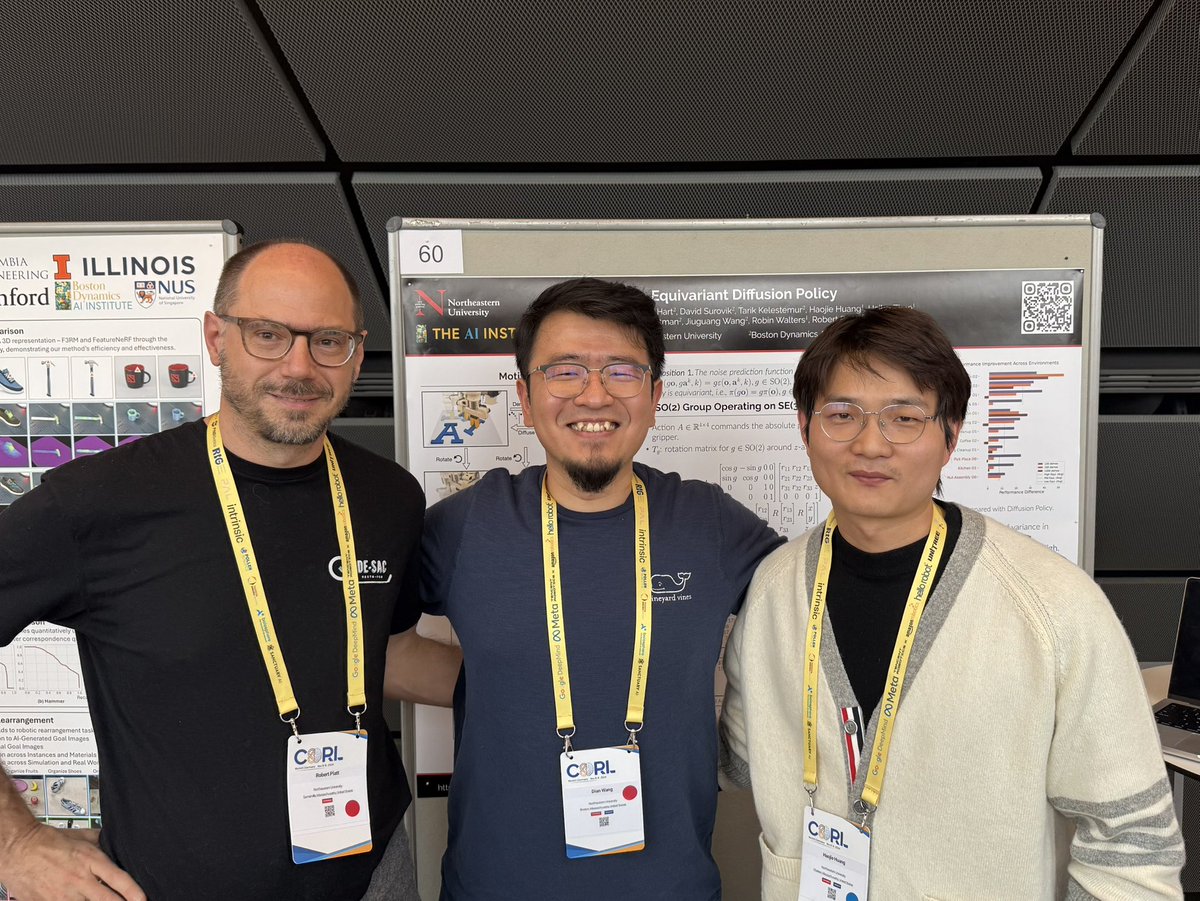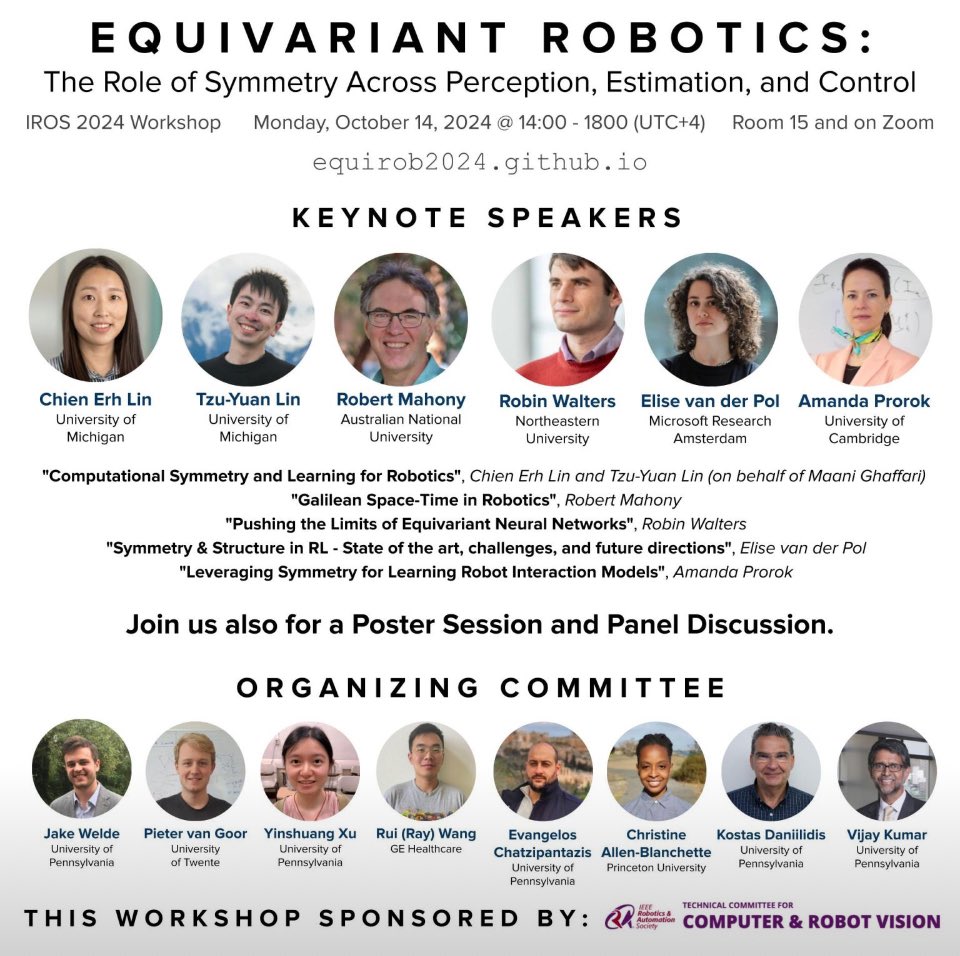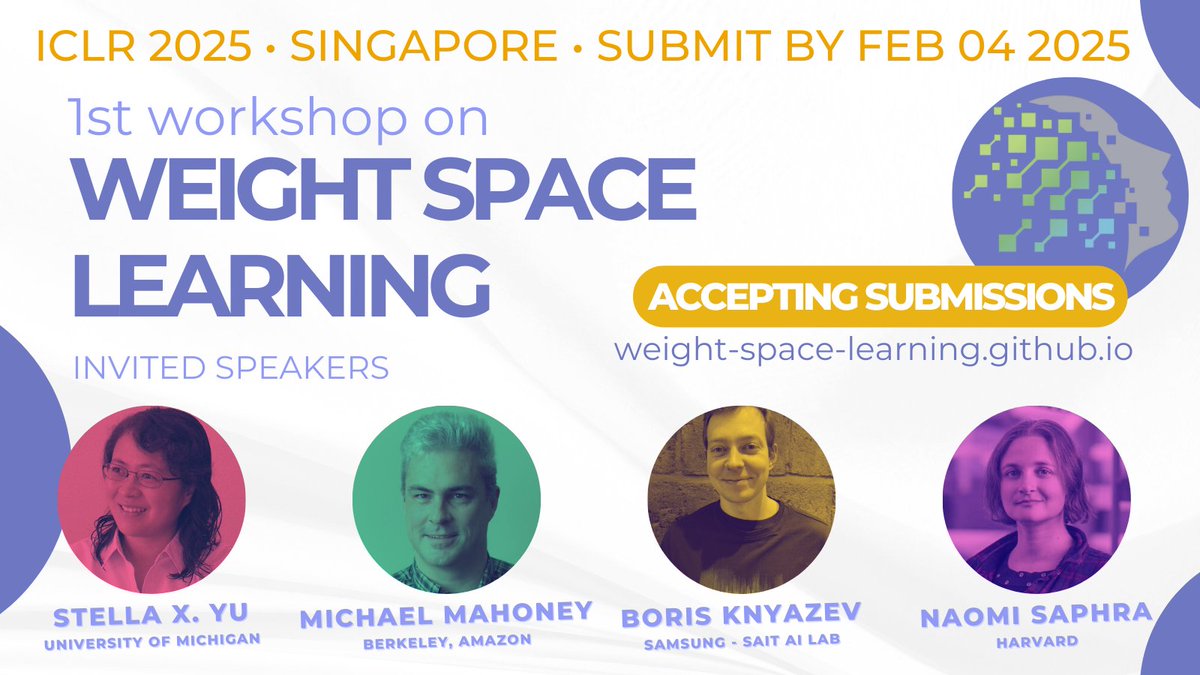
Robin Walters
@robinsfwalters
Asst. Prof. at Khoury College of CS at Northeastern
ID: 1227075364985491457
http://www.robinwalters.com 11-02-2020 03:42:27
83 Tweet
453 Followers
190 Following




📣 This year at #ICML2024 we are hosting ✨ Gram Workshop ✨ Geometry-grounded representation learning and generative modeling. We welcome submissions in multiple tracks i.e. 📄 Proceedings, 🆕 extended abstract, 📝Blogpost/tutorial track as well as🏆 TDA challenge.






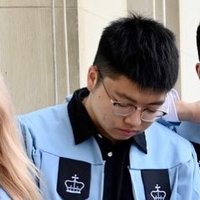
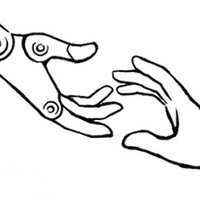
#CoRL2024 IMAGINATION POLICY: Using Generative Point Cloud Models for Learning Manipulation Policies Led by Haojie Huang. A key-frame multi-task policy can generate key poses (imagine) and do manipulation precisely with sample efficiency. Presenting at Poster Session 4.




Honored to receive my first best paper nomination from Conference on Robot Learning! Had such a great time at #CoRL2024, huge thanks to the organizing committee and all my co-authors: Steve, David, Tarik Kelestemur, Haojie Huang, Haibo Zhao, Mark, JW, Robin Walters, Robert Platt!
